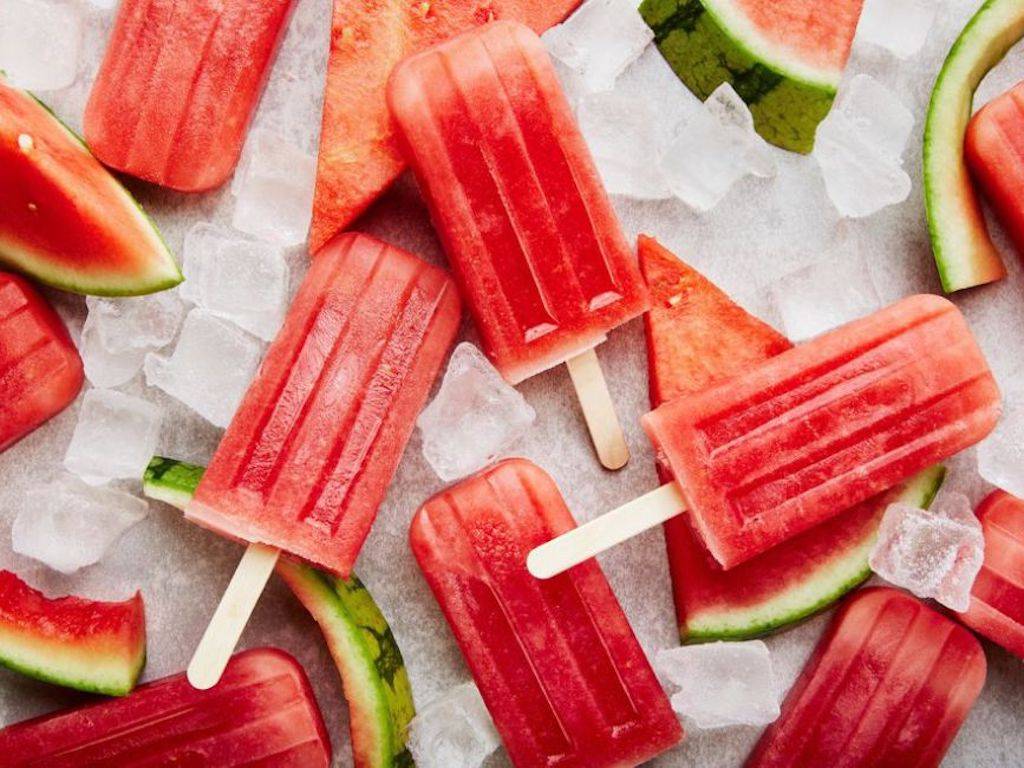
Watermelon magic in the summer. Watermelons emerge as the season's fix just when the heat is at its peak. They flourish in the most scorched locations, as described in that article, and their origins can be traced back to Africa's deserts, though the precise location is disputed. The Kalahari desert or Nigeria, which grow similar-looking egusi melons for their oil-rich seeds, were long believed to be the culprits.
However, agroscientist Harry S.Paris has used DNA tests, archaeological evidence such as Egyptian tomb paintings, and words from Hebrew texts, such as the Israelites under Moses recalling Egypt's watermelons, to make a compelling case for a northeastern African origin. Travellers in the desert discovered that the tasteless fruits contained a safe source of water . It was then bred to its existing crisp sweetness across decades.
Egyptian watermelons were well-known. Mr. Phipson showed two giant Egyptian watermelons, each as much as a man could easily carry, at the Bombay Natural History Society's fruit show in 1886. Egypt's central location, between Africa, Europe, and Asia, made it perfect for spreading watermelons around the world, including to the United States, where slaves valued their thirst-quenching properties while working on plantations.
They are the peasants ice cream sherbet, abundant and cheap, smooth and chilly and fulfilling to the taste and unlike other fruits that were cheap and readily available enough for the needy, watermelons were not scorned by the wealthy. Summer heat may serve as an equaliser, or perhaps we simply have a visceral reaction to the contrast of red pink flesh versus green skin (yellow fleshed watermelons, which are reported to be among the sweetest, have yet to gain popularity in India).
The bare fruit, or uncooked juices, sorbets, or slushes, account for roughly all of this intake, such as the stunning Iranian version with sabja seeds eaten at Shiraz Art Café in Chennai. Some bakeries are now using it in their cakes, such as Black Star Pastry in Australia, whose watermelon cake wedged between layers of almond meringue and rose cream has become a cult favorite, especially in China, which grows by far more watermelons than anywhere else in the world.
Additional contemporary cult culinary approach has been to roast or smoke watermelons, and given our acquaintance with the fresh fruit, this seemed unlikely to produce anything edible. In Goa, however, Simona Rossi of Ciao Bella, an Italian restaurant, has mastered this as a vegan version of carpaccio, a raw meat dish. The smoked, compressed watermelon has a surprising resemblance to real meat and is delicious. It demonstrates how even the oldest of summer fruits can still surprise and delight us.

















